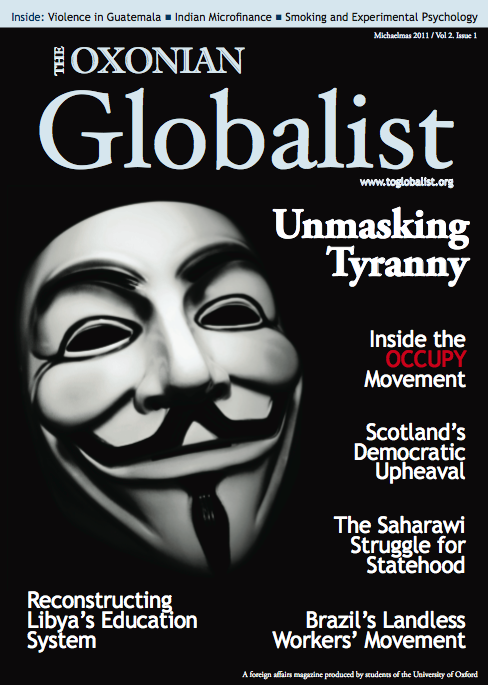
The 798 art district is no longer the heart of Beijing’s art scene. Photo by Bridget Coila via Flickr.
THIS past summer, gallery owners, artists, and collectors raced around the world to catch the openings of the newest cutting-edge galleries. They didn’t head to long-established art capitals like New York, London, or Berlin but to Beijing, searching for the “latest thing” in art in the capital of communist China.
Beijing first arrived on the international art scene 30 years ago, when a group of experimental artists called the Stars defied government orders and displayed their art in public. But only in the last decade has China become known as the hot new market in the world of art. “I have been active in the contemporary art field for 25 years, and I have never experienced such a boom, at such a speed, to such heights, in such a short period of time,” explained Fabien Fryns, Belgian owner of gallery F2, which he relocated to Beijing from Spain in 2007.
The journey to international recognition, however, has brought about major shifts within Beijing’s art community. The 798 Arts District, an arrangement of formerly abandoned Soviet factories which now house galleries and studios, has been the historic nucleus of Beijing’s contemporary art scene. But as boutiques and tourists crowd its streets and inflate its prices, artists and gallery owners are increasingly establishing or re-establishing themselves in Caochangdi, a village on the outskirts of Beijing’s urban sprawl that has become a more serious and subdued home to China’s modern art.
The food stalls, dirt paths, and shirtless construction crews of Caochangdi are a far stretch from the charming Bauhaus spaces of 798. When artist Ai Weiwei, considered the godfather of contemporary art in China, moved to Caochangdi in 2000, he set a bold precedent that his colleagues considered crazy. Today, the gallery space Ai opened within the compound he built for himself and his friends, China Art Archives and Warehouse, is among Beijing’s leading contemporary art galleries.
In the years that followed, many more galleries opened in Caochangdi. The 2008 Beijing Olympics accelerated 798’s transformation into a glitzy tourist attraction, and the global economic downturn has hastened the movement of artists and gallery owners from 798 to Caochangdi, where tourists are few and real estate is cheaper. By now, a critical mass of new galleries and anchor organisations – many of them, including the well-known Pékin Fine Arts, Galerie Urs Meile, and Three Shadows Photography Art Centre, housed in compounds designed by Ai – have joined China Art Archives and Warehouse (CAAW) in Caochangdi.
Two clusters of art spaces have emerged in Caochangdi. To the north are galleries CAAW, F2 Gallery, Platform China, and Three Shadows. F2 shows the work of new artists alongside long-established names and often displays more controversial pieces, such as a recent collection of paintings by Sheng Qi. With its opening in May 2009, the twentieth anniversary of the 1989 Tiananmen Square protests, Sheng Qi’s show “Power of the People” drew unusually high attention from the Chinese government for its references to the protests. Several overly political pieces were not permitted to be shown. In Caochangdi’s southern cluster, a vast arrangement of galleries lies tucked between the narrow streets. One of them is the veteran Beijing establishment White Space, the first truly influential gallery to relocate from 798. “We got to 798 early and we left early,” reflected White Space owner Tian Yuan on the decision to move her gallery. “There are very few people in Caochangdi. It is possible for us to work more peacefully here.”
The shift from 798 to Caochangdi represents a formative moment in the continuing development of contemporary Chinese art. The rising prices and touristic ambiance of 798, which prompted some galleries to close and others to relocate, have helped weed out the ambitious hopefuls from the real talent. The quiet, more serious atmosphere of Caochangdi has allowed some of China’s most celebrated artists to reflect upon their bodies of work. In the September 2009 issue of The Beijinger, arts editor Madeleine O’Dea wrote that a “new bohemianism” had taken root in the city’s arts scene. If the rugged alleyways of Caochangdi speak to anything, it is this spirit of bohemianism and renewed creativity, and the promise of many more years of extraordinary art.



